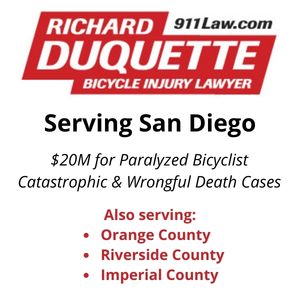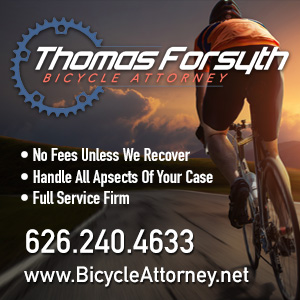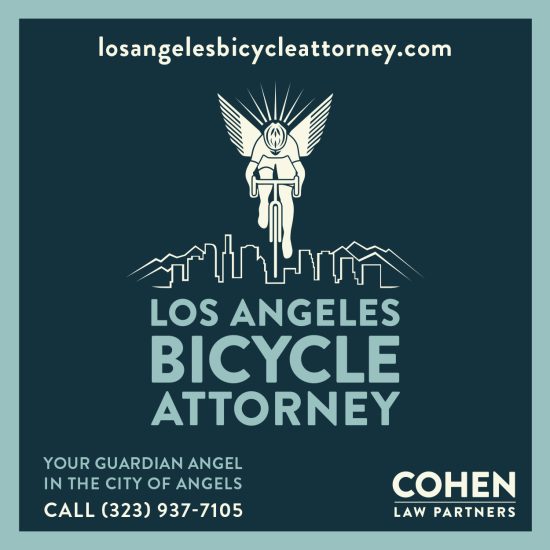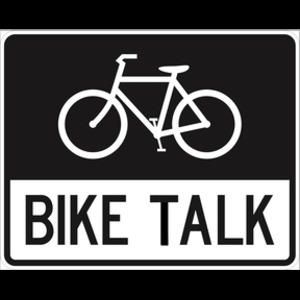When I moved to the deep south over three decades ago, I found myself, perhaps not surprisingly, in a town deeply divided by race.
After all, it was just over a decade after the civil rights era, and far less than that since the city’s last violent demonstrations over school busing.
It didn’t take long notice an unfortunate pattern. Every day, thousands of people, both black and white, would come into the city’s business district where I worked; every night, they would go back home to their separate parts of town.
And most people seemed okay with that.
The attitude was expressed to me many times by people of both races. “We may not like you,” they said, “but we all have to get along if this city is going to survive.”
And so they did, working side-by-side by day, then going their own separate ways, to their own separate parts of town.
So when some of my coworkers invited me to go out bar hopping on their side of the tracks, I jumped at the chance.
I’d been raving about a band I’d heard the night before, in a bar where I rarely saw a face much darker than mine. And they said if I really wanted to have a good time, I was hanging out on the wrong side of town.
A few days later, I found myself in a car with a small groups of friends and co-workers, making our way down streets familiar to them, yet which I had never travelled before.
Evidently, not many like me had; the owner of one bar we visited bought me a drink because he said mine was the first white face that had ever entered his club unaccompanied by a license or a badge.
At first, my presence was met by skepticism; once I explained, in response to the inevitable questions, that I was just there to have some fun with my friends, the reactions from other patrons ranged from indifference to warmly welcoming, like a long lost friend they’d never met.
With one notable exception.
A very angry man came up at one of the clubs and went nose to nose with me, hissing “We don’t need your kind in here.”
The next thing I knew, one of my friends was standing directly between us and facing down my challenger, who stood a good head taller and outweighed her by at least a margin of 2-1. She wasted no time in telling him that I was with her, and if he didn’t like it, he could get the hell out.
And he did.
Later, as we discussed it on the way home, she asked if I’d enjoyed myself. I replied that I’d had a great time, but learned the hard way that it only takes one jerk to ruin things for everyone.
“Now,” she said, “You know how we feel.”
That’s a lesson I’ve never forgotten. And one that often comes back to me as I ride these mean streets we call home.
The overwhelming majority of drivers I encounter on the streets as I ride my bike treat me with anything from courtesy to indifference.
But every now and then, I run into someone who doesn’t think our kind — the two wheeled kind — belongs on their streets.
Sometimes it takes the form of honking aggressively or passing too close, maybe escalating into thrown objects, insults or getting run off the road.
Or maybe it turns into a violent assault, with a driver using her car as a weapon, like the woman who deliberately ran me down on a Westwood street.
It only takes one jerk to ruin things.
And there’s usually no one there to step in between and save the day. Even if there is a cop nearby, or they happen to take your 911 call seriously and send out a patrol car, he or she is just as likely to take the driver’s side and say it was just an accident, or defend the attackers against their victim. In my experience, anyway.
That’s why L.A.’s proposed Bicyclist Anti-Harassment Ordinance is so important.
For the first time, we’ll be able to defend ourselves against driveway vigilantes who attempt to enforce their own, usually made up, version of the law.
Not with words or gestures. Or even U-locks.
But with lawyers and subpoenas.
It won’t work miracles. We’ll still have to gather enough evidence to make it worth taking a case to court, which isn’t always easy to do from the saddle of a bike — let alone laying on the road after a driver has knocked you on your ass.
And we’ll still have to prove our case before a judge and jury, even if it only requires the simple majority of a civil case, rather than the unanimous agreement required for a criminal conviction.
But we’ll finally have a chance to defend ourselves against those handful of jerks who think we don’t belong. And it will only take a few verdicts on our favor before they get the message loud and clear.
We have a right to the road.
And the law — this law — will be on our side.
……..
L.A.’s groundbreaking, first-of-its-kind anywhere Bicyclist Anti-Harassment Ordinance comes before the full City Council for final approval at 10 am Wednesday at Downtown City Hall, 200 N. Spring Street. It’s number #19 on the agenda, but could be moved up if the council wants to address it sooner to accommodate the anticipated crowd of cyclists in the room.
And yes, I’ll be there.







